Minds On
Types of resources
Let’s explore natural resources! The following images and descriptions represent some of the natural resources found in or on the Earth.
Reflection questions
Take a moment to reflect on the following questions. If possible, share your thoughts and ideas with others.
- What are the similarities and differences between these resources?
- Which resources might be considered sustainable?
- Which natural resources were not represented in these images?
Press ‘Sustainability’ to access a definition of sustainability.
Sustainability means living within the limits of available resources. These resources may include Earth’s natural resources and/or the economic and human resources of a society. Sustainability also implies equitable distribution of resources and benefits, which requires an understanding of the interrelationships between natural environments, societies, and economies.
Throughout this learning activity, you can record your ideas digitally, orally, or in print.
Action
Renewable, non-renewable, and flow resources
Natural resources fall under three categories: renewable, non-renewable, and flow resources. Let’s explore the resources within each category.
Renewable resources
Renewable resources are resources that replenish themselves through natural reproduction. Trees, natural fish stocks and plants are examples of renewable sources. They generally grow naturally on land or in water.
Press each resource to learn more about it.
Trees are a renewable resource, although the time it takes for them to naturally reproduce can take many years, and so human intervention to plant and speed up the process is more viable. Some of the products that are created from the consumption of trees include paper, pencils, furniture, and construction.
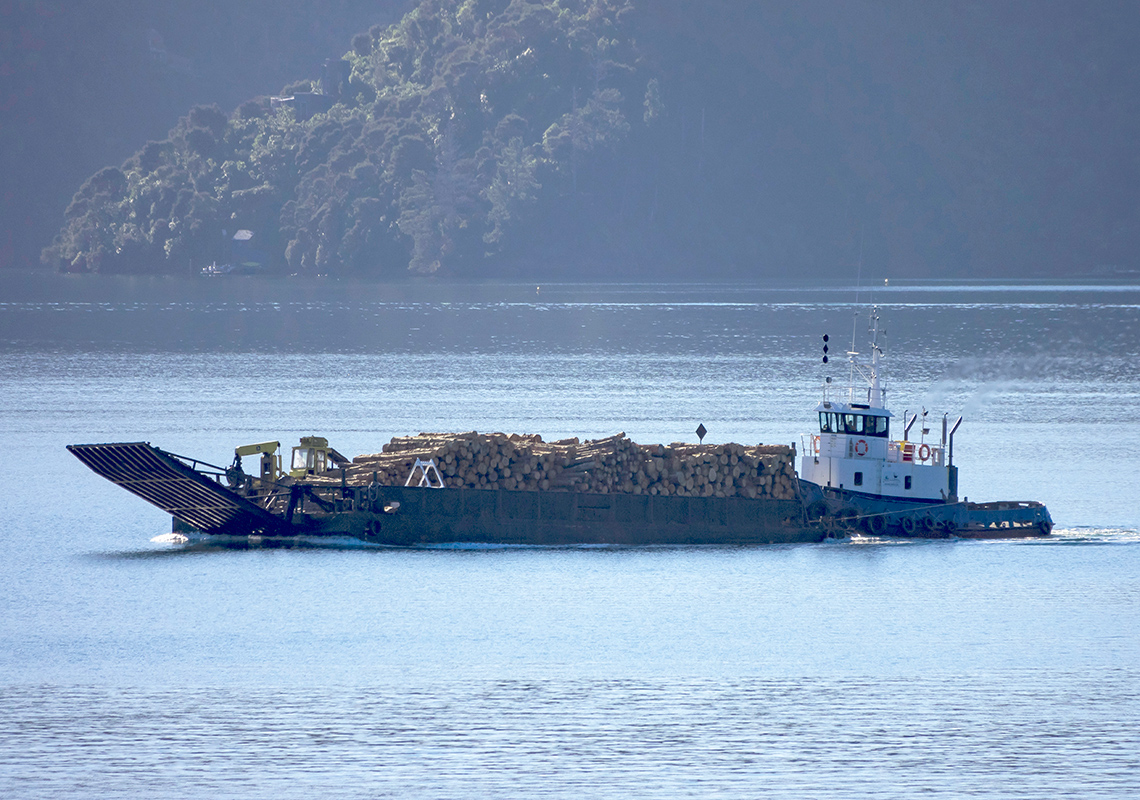
Natural fish stocks are a renewable resource that naturally reproduce their numbers. However, demand is so great that human intervention to grow fisheries (areas where fishing happens) is common.
Up to 90 percent of fish in the oceans have been exploited. This means that 90 percent of the fish in the oceans have been fished in the past 50 years. The diet of millions of people drive the demand for increased fishing.
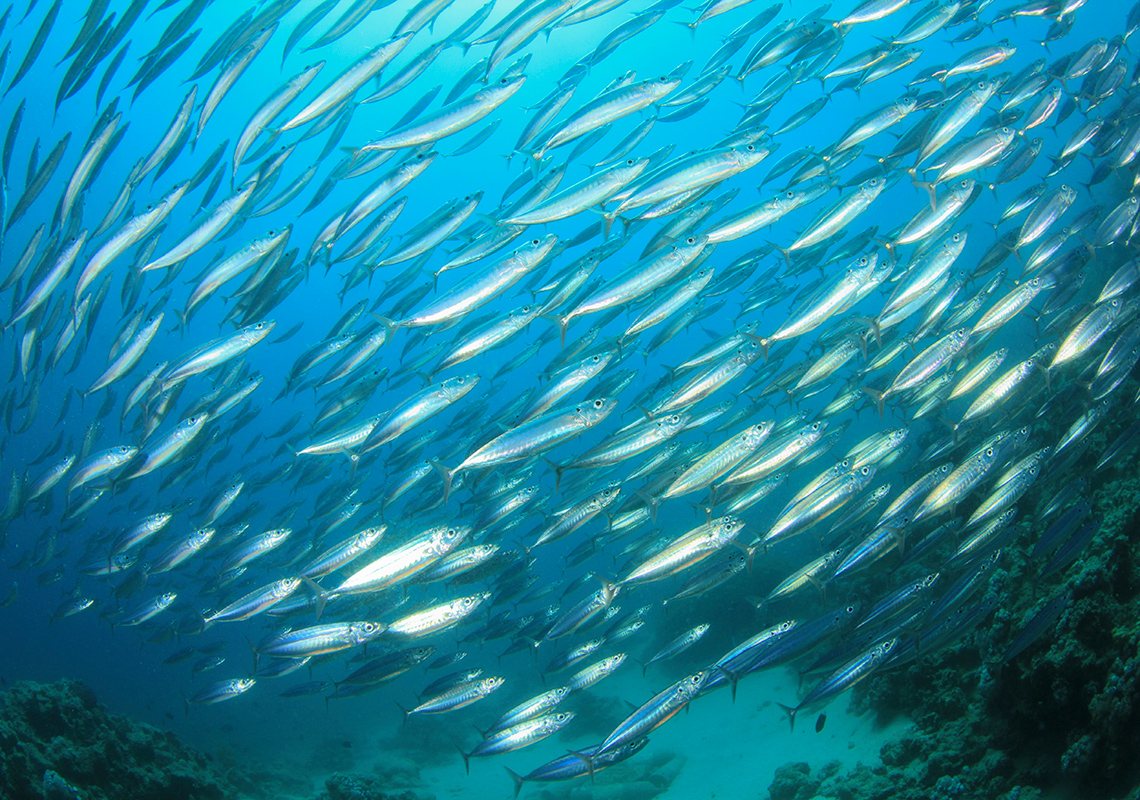
Soil is a renewable resource used in agriculture to produce crops. The high demand for crops in the human diet and increasingly in the energy sector (corn ethanol as a combustion fuel) requires soil to be fertile and productive in order to meet these demands.
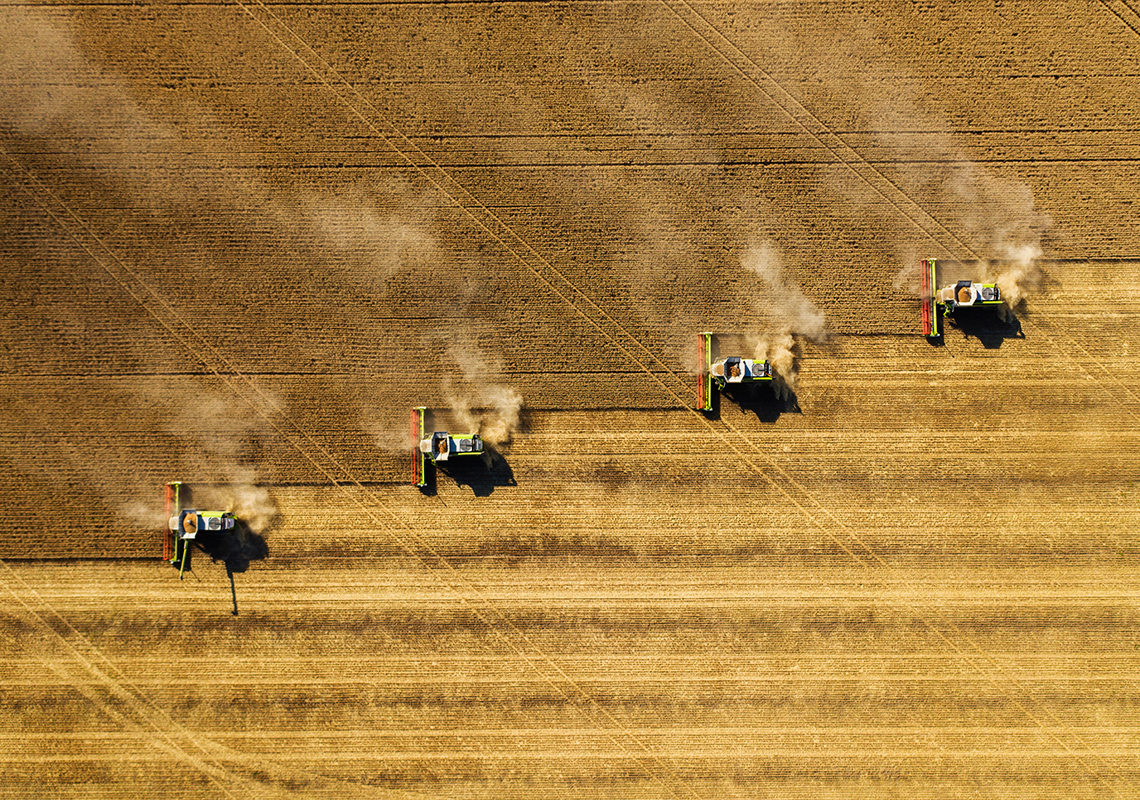
Plants are a renewable resource used in agriculture to produce crops. The high demand for crops to be used in the feed we give to animals (like cows) drives much of the growth of the agricultural industry.
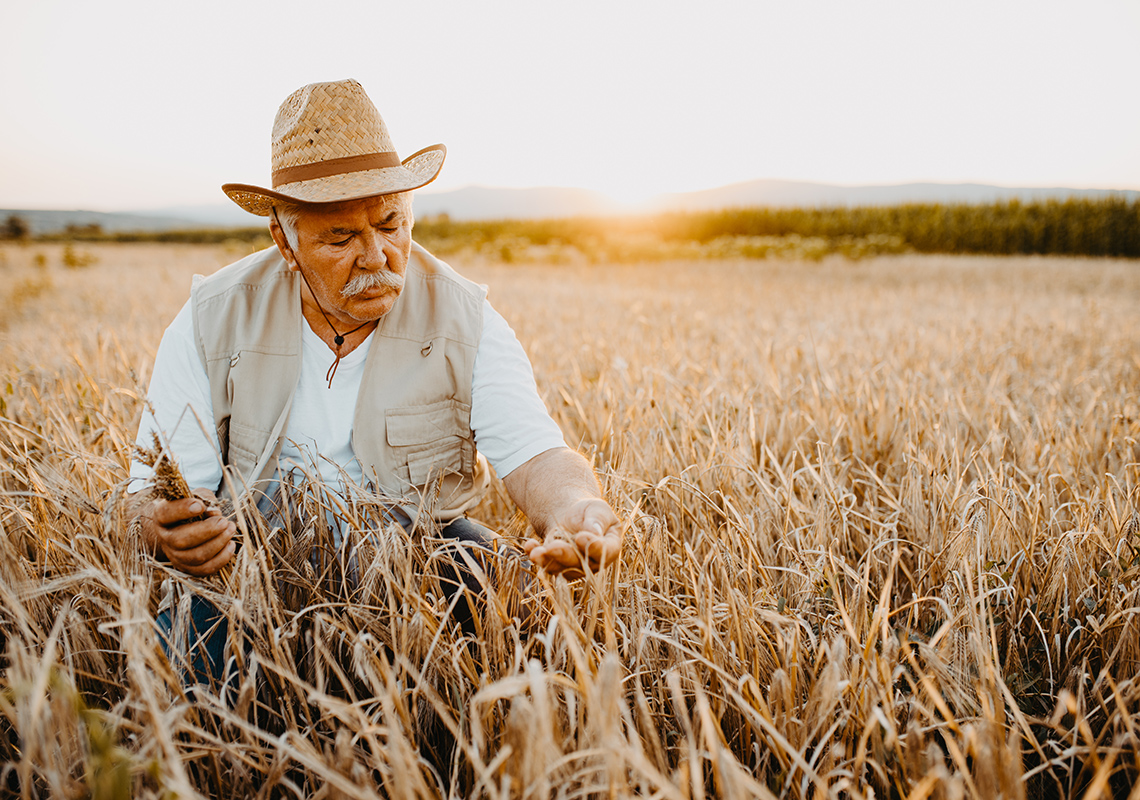
Renewable resource questions
Now that we have considered different types of renewable sources, complete the following fill in the blank activity.
Reflection question
- Which renewable resource do you think is the most threatened by over consumption? Why?
Record your answer using a method of your choice.
Non-renewable resources
Non-renewable resources are resources that cannot be replaced by natural means within a reasonable timeframe. They are made from minerals such as gold and silver and organic matter, including natural gas, petroleum/oil, and coal. These resources are found in rock below the Earth’s surface.
Press each resource to learn about non-renewable resources.
Fossil fuels include natural gas, coal, and oil. They come from organic matter, meaning from decayed animals and plants that have been converted by heat and pressure in the Earth over millions of years to form natural gas, coal, and oil. Fossil fuels are finite, meaning they cannot be renewed.
The demand for petroleum to fuel cars, airplanes, and travel in general, as well as producing everyday items for humanity’s growing population, drives the need and demand for these fuels.
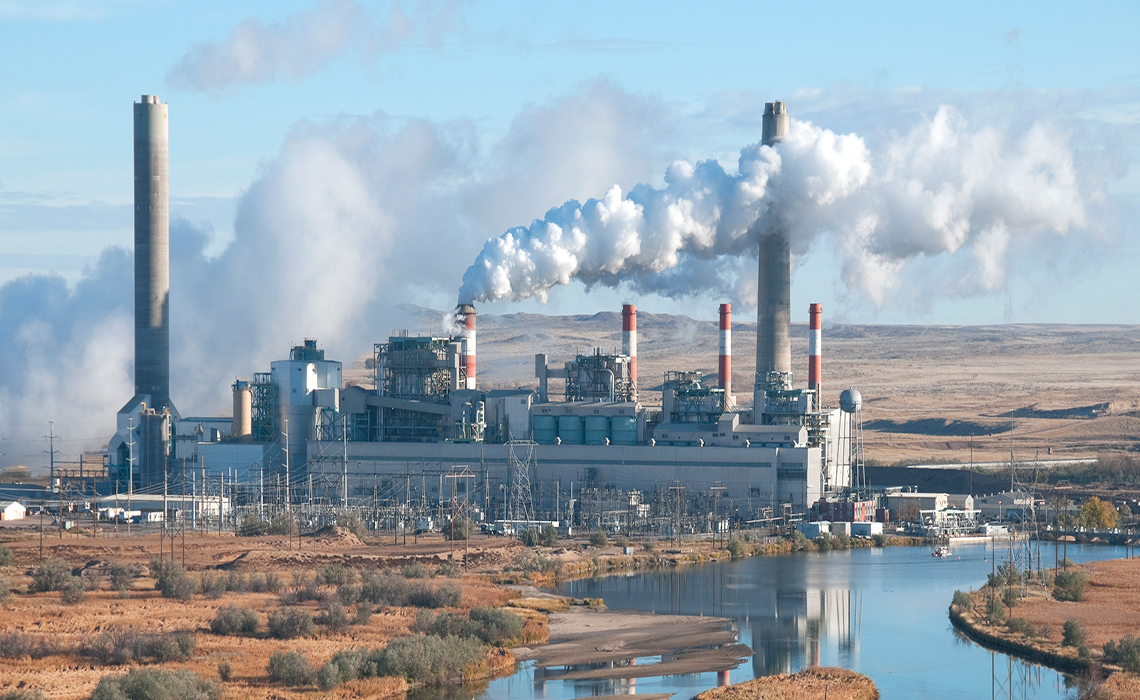
Minerals are formed by geological processes and most often are solid and inorganic (not living or derived from matter that was once living). Minerals can be divided into two general categories: metallic minerals and non-metallic minerals. Metallic minerals show a shine or luster and are made of metals. Some examples of metallic minerals are iron ore, gold, and aluminum. Non-metallic minerals do not contain metal. Non-metallic minerals include diamonds, salt, and potash.

Reflection question
- What are some social and environmental consequences of using non-renewable resources?
Press ‘Hint’ to access prompts for answering the reflection question.
Flow resources
Flow resources are resources that are naturally occurring and continuous (though the flow rate, how quickly they move, may change depending on the weather). They can be harnessed in order to produce energy and meet the needs and demands of humanity. These include solar, wind, and hydro power, among others.
Press each flow resource to learn more about them.
There are two types of solar power: photovoltaics and concentrating solar-thermal power (CSP). Photovoltaics work by collecting sunlight and using advanced technology to convert it into electricity. CSP uses mirrors to reflect a large area of sunlight, focusing it into a small beam, and pointing that beam at a boiler. The boiler heats up and creates steam, which flows through a turbine and creates electricity. CSP is most efficient in desert climates with lots of sun or near the equator, where there is approximately 12 hours of potential sunlight per day, year-round. Photovoltaics are also more efficient in these areas but can be used anywhere.

Using running water to produce electricity or to power machines is known as hydroelectric power. In this process, the kinetic (in motion) energy of water is converted into electrical or mechanical energy at hydroelectric dams. Like most power plants, the dams contain large turbines which are spun by the kinetic energy of the water. The turbines converts the water’s movement into electricity.
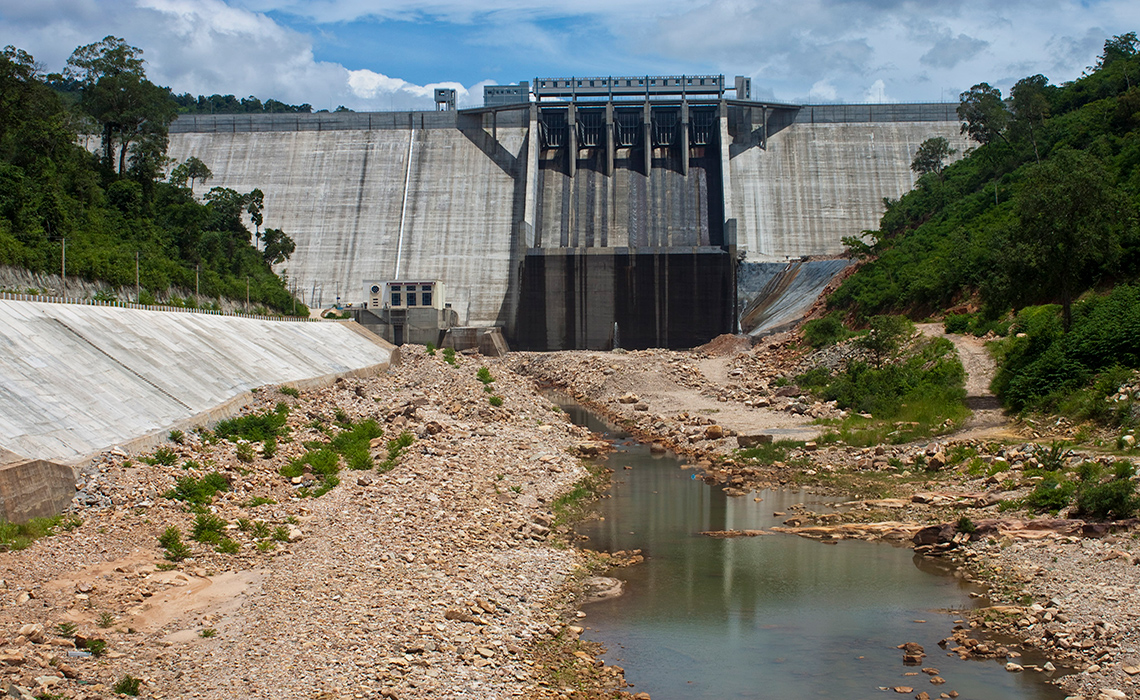
Wind can be used to power turbines that turn electric generators and create electric power. Wind energy is most efficient in places where wind is strong and consistent. These places tend to be on hill or mountains, or in large valleys that capture air flow. A significant amount of research is performed at potential wind energy sites to ensure the wind is consistent enough to make the turbines run efficiently.
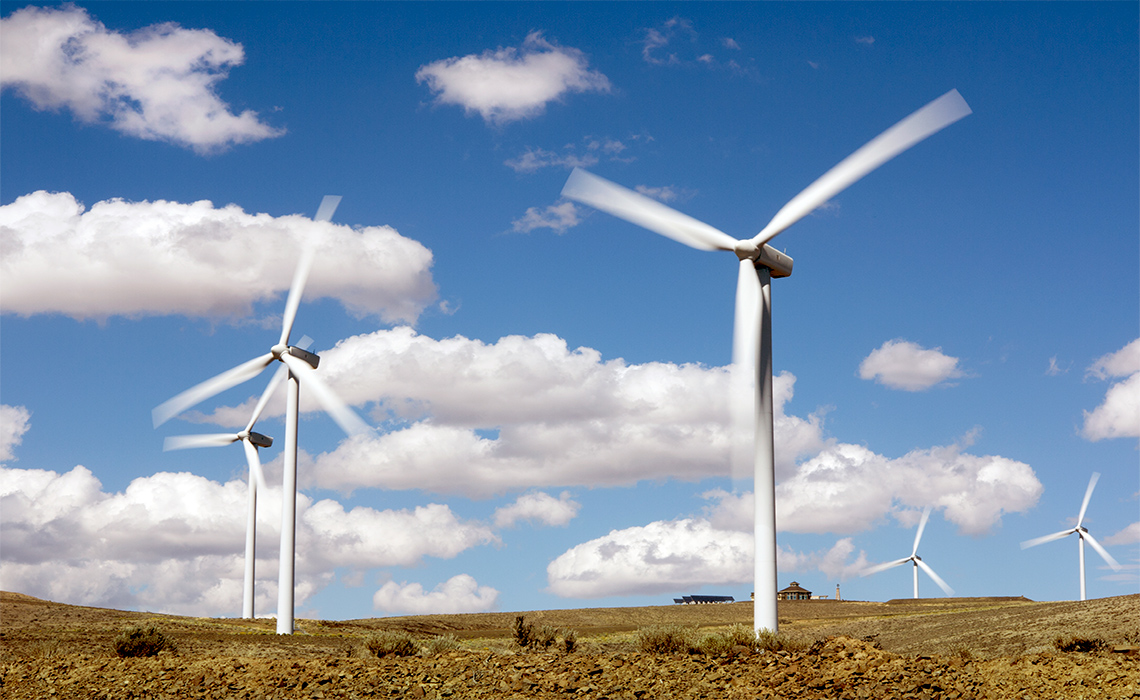
Flow resource questions
Now that we have considered different types of flow resources, complete the following true or false activity from your learning.
Reflection question
- Which flow resource do you think will have the greatest impact as an energy source in the future? Explain your reasoning.
Press ‘Hint’ to access prompts for answering the question.
Consolidation
Matching resources

Use the following list of resources to complete the following chart. Organize the various resources into renewable, non-renewable, or flow categories.
|
|
| Renewable | Non-Renewable | Flow |
|---|---|---|
Press the ‘Activity’ button to access Matching Resources.
Reflection questions
Using a method of your choice, respond to two of the following questions. Use information learned in this activity as well as your own thoughts and ideas.
- What type of resources are the most efficient and sustainable? Why?
- As the Earth’s population increases, which of these resources will best meet the needs and demand for a growing population? Why?
- Which resources should be abandoned in pursuit of new ones? Why?
Respond in a method of your choice.
Reflection
As you read the following descriptions, select the one that best describes your current understanding of the learning in this activity. Press the corresponding button once you have made your choice.
I feel...
Now, expand on your ideas by recording your thoughts using a voice recorder, speech-to-text, or writing tool.
When you review your notes on this learning activity later, reflect on whether you would select a different description based on your further review of the material in this learning activity.


